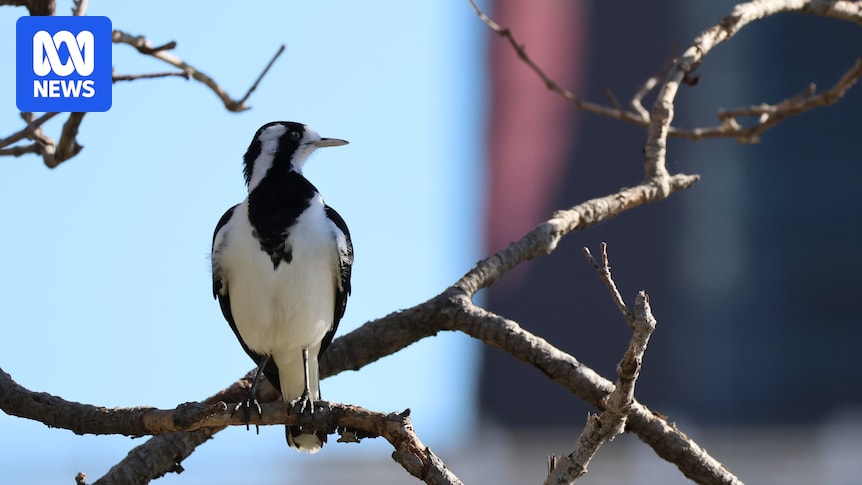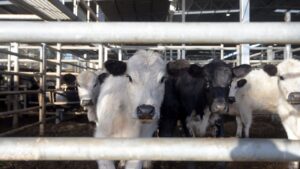
Have you ever been woken up or kept awake by a particularly chirpy bird outside your window, even though the Sun is down? Bright city lights may be to blame, according to a new study published in the journal Science, which examined data from more than 4 million birdcalls around the world. The researchers found that birds in areas with more artificial lighting at night sang for a longer portion of each day.
Study co-author Brent Pease, a researcher at Southern Illinois University, highlighted that light pollution is a growing source of concern for both human and wildlife health. “While the outcomes of this pollution source on human health are widely studied, how it is affecting wildlife across the world is still a developing topic,” Dr. Pease said.
Light pollution is on the rise, with some estimates suggesting that the night sky is getting brighter by 10 percent every year in populated areas. “Wildlife species evolved under reliable cycles of light and dark, and light pollution has altered those cues in a blink of an eye,” Dr. Pease added.
Citizen Science Powers Birdsong Analysis
The study drew on data from the BirdWeather project: a network of small sound recorders used by volunteer citizen scientists from around the world, including Australia. The recorded audio is uploaded to the BirdNET database, which uses an algorithm to identify which birds are singing. The researchers examined all data collected by BirdWeather-linked sensors between March 2023 and March 2024.
After refining and processing the data, they analyzed 2.6 million morning calls and 1.8 million evening calls from 583 different bird species. They found that areas with high levels of light pollution also had higher levels of morning and evening birdsong. On average, birds sang for an extra 50 minutes per day in the brightest areas.
“We were surprised by the magnitude of birds’ responses,” Dr. Pease said. “While we expected some behavioral adjustment to the lights at night, we didn’t anticipate that it would be this impactful.”
The Extra Early Morning Magpie-lark
The Australian magpie-lark (Grallina cyanoleuca) appeared to be more affected by light pollution than average. These little black and white birds are found in all mainland states of Australia and have a distinct “pee-o-wit” or “pee wee” call. Study co-author Neil Gilbert, a researcher at Oklahoma State University, said the data revealed magpie-larks began their morning calls nearly 40 minutes earlier than usual in bright areas.
“But there was a lot of seasonal and spatial variation for the magpie-larks — there were some areas and times of year where there wasn’t an effect, and other times when the effect was stronger,” Dr. Gilbert said. Birdsong is often done to impress mates, and the researchers found light pollution had the strongest effects during breeding seasons.
Diane Colombelli-Negrel, a behavioral ecologist at Flinders University who wasn’t involved in the research, said the study’s dataset was “impressive”. “Understanding these patterns now, and their potential fitness impacts, is crucial for informing conservation strategies,” Dr. Colombelli-Negrel said. However, both she and the researchers recognized that the citizen science dataset over-represented certain areas of the globe, such as the US, western Europe, and Australia.
Are Earlier Birds a Cause for Concern?
There is increasing evidence that artificial light disrupts the behavior and health of wildlife. Gisela Kaplan, an animal behavior researcher at the University of New England, said light pollution was particularly problematic for migratory birds, many of which fly at night. For example, shearwaters breeding on Muttonbird Island, off the coast of northern New South Wales, have been thrown off course by artificial lights. Professor Kaplan, who wasn’t involved in the study, has been helping to relocate these seabirds found inland.
“People will love this data-rich paper, even if some of the interpretations would require further testing,” she said. Dr. Pease and Dr. Gilbert don’t yet have evidence that singing for longer is necessarily bad for all bird species. In their paper, they point out that while the loss of resting time could be detrimental to birds’ health, it could also afford them extra foraging and breeding time.
Nevertheless, they still believe more work needs to be done to make nights darker around the world. “Insect die-offs, disorientation of nocturnally migrating birds, as well as disruption of seasonal hormonal rhythms have all been documented in wildlife species,” Dr. Pease said.
The implications of this study are far-reaching, suggesting that urban planning and lighting design need to consider the broader ecological impacts. As light pollution continues to rise, understanding and mitigating its effects on wildlife will be crucial for preserving biodiversity and ecosystem health.






